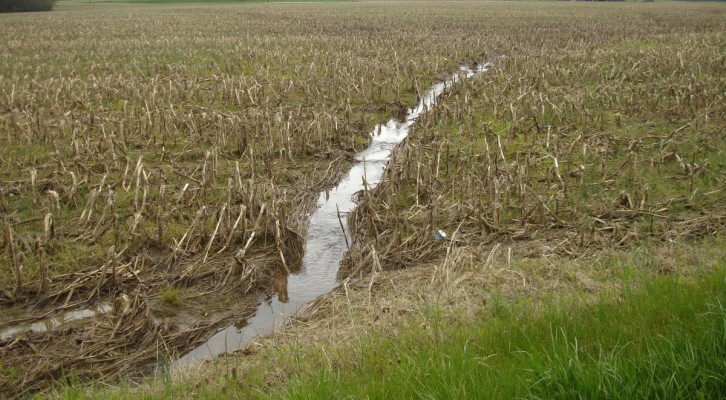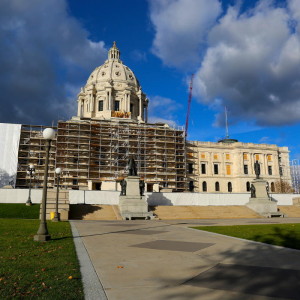The Environmental Protection Agency announced its final rule Saturday expanding the definition of “waters of the United States” under the Clean Water Act.
NAHB Chairman Tom Woods issued the following statement opposing the rule and urging Congress to provide a legislative fix:
“EPA’s final water rule will needlessly raise housing costs and add more regulatory burdens to landowners and industries that rely on a functioning permitting process to spur job and economic growth.”
NAHB states that the rule significantly expands the definition of a tributary to include any dry land feature that flows only after a heavy rainfall. Such federal overreach goes well beyond congressional intent and the limits of jurisdiction set forth by the U.S. Supreme Court.
“Regrettably, as a result of these overly broad definitions, this rule will soon wind up in the courts yet again. Ultimately, today’s rule underscores the role that Congress must play in defining the limits of the Clean Water Act.”-Tom Woods, NAHB chairman
This table from NHAB explains the changes.
At NAHB’s urging, the House recently passed H.R. 1732, the Regulatory Integrity Protection Act, which would require EPA to withdraw its rule and develop a new plan in consultation with state and local governments and other affected stakeholders. The bill also stipulates that such a plan must be based on sound economic and scientific analysis.
A companion bill, the Federal Water Quality Protection Act (S. 1140) is pending in the Senate.















